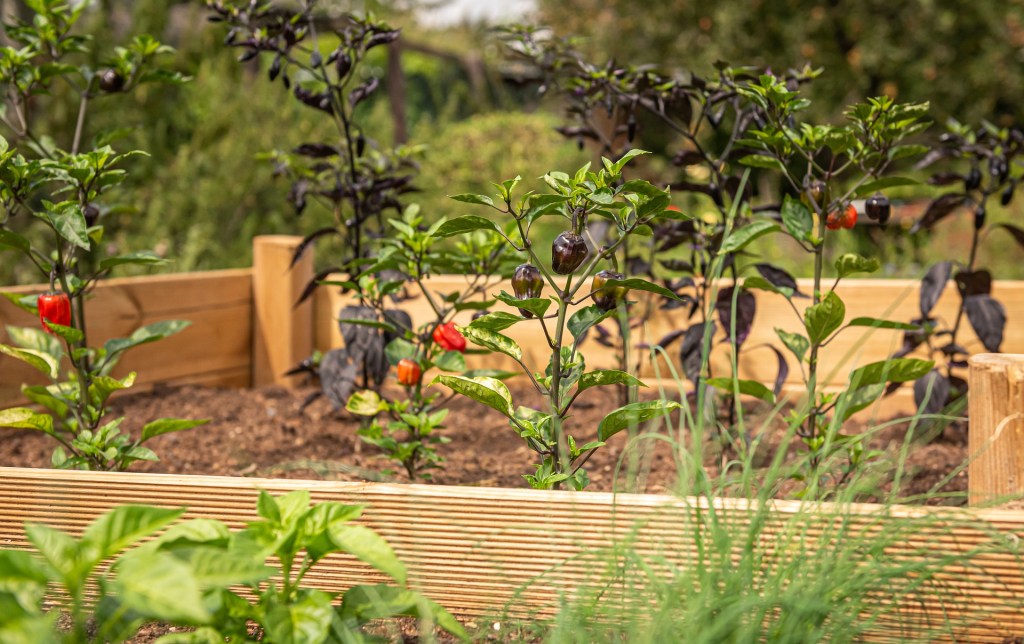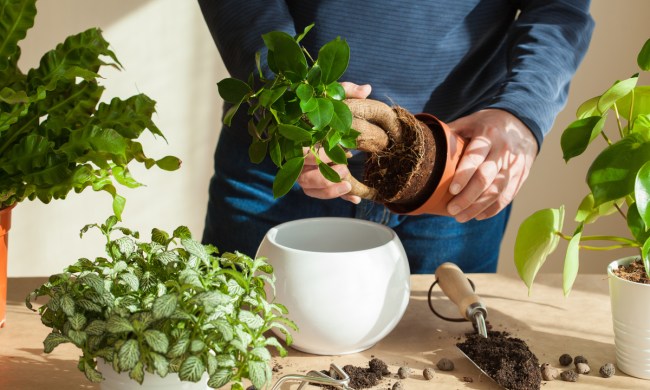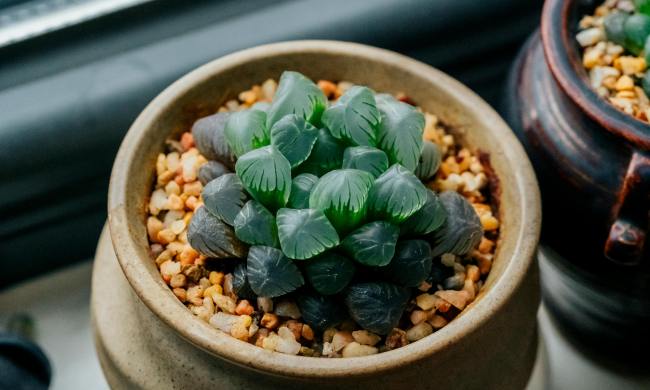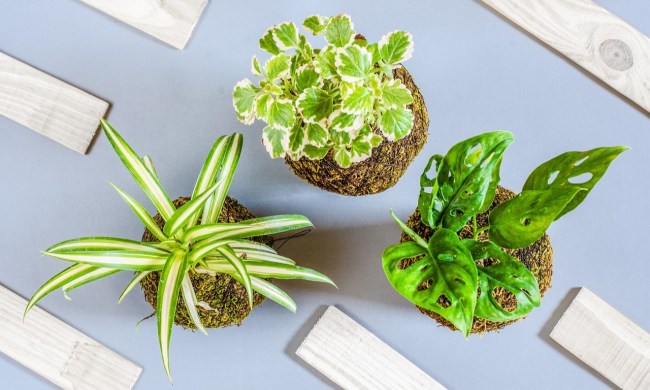It can be challenging to know how to get started as a beginner gardener. However, one thing is pretty clear, even for novice growers. Raised garden beds are possibly the best and easiest way to start and grow your own food and flowers. They are the perfect weekend project and ideal for beginner DIYers. Here we’ll go over everything you need to know about creating raised garden beds on your property.
Benefits of raised garden beds
You might wonder why raised garden beds are better than simply growing directly in the ground. After all, big growing companies grow enormous amounts of crops by raising them right from the soil. While this works for their needs, raised garden beds are a much better option for home gardeners, and here’s why.
- You’ll fight fewer weeds as you grow your plants. Since you add soil to the raised beds, there isn’t as likely a chance that weeds will get through and choke out your plants.
- If you live in a climate with sandy soil, raised garden beds allow you to have better water retention.
- Alternatively, for clay-heavy earth, raised beds have better drainage and reduce the risk of your plants drowning.
- When you grow in the ground, the soil around the plants gets stepped on a lot. Raised beds avoid compacting the soil, keep it light and fluffy, and provide the plants with soft soil for easy growing.
- Raised beds keep the soil warmer earlier in the season and for longer into the season, so you can grow plants for an extended time.
- Since you decide what goes into the raised beds, the pH levels are much more controlled. This means you can customize the pH level for whatever type of growing you want to do.
- When spring rainstorms roll through, you’ll be glad to have raised beds, since they reduce soil erosion.
- Filling the beds and amending them each year means you don’t have to till the soil, which isn’t good for the soil or the organisms that live in it.
- Your knees and back will thank you! Raised beds are higher up, so working in the beds is easier on your body.
- If you care about the aesthetic of your garden, raised beds are clean and organized in appearance. Or try hanging garden beds instead.
- It’s easier to add things like trellises and covers since you have something to attach them to.
The best DIY raised garden bed ideas
The best raised garden bed is the one you’ll use, but here are some easy-to-build raised garden beds ideas. These won’t take you more than a weekend to make.
Raised wooden boxes
This type of raised bed is probably the most popular. You can even buy kits where the wood is pre-cut, and you’re provided with all the supplies you need to build the boxes. However, it’s cheaper to buy the materials you need and cut and make it yourself. You can use whatever type of wood you like, but we recommend using cedar, as it’s naturally rot-resistant and holds up for years in the garden. However, it is a more expensive option, so be aware of that.
Elevated wooden boxes
To cut down on the amount of bending over you have to do, you can build box garden beds with legs. You can customize how tall they are to suit your specific height and garden with a straight back! Add wheels to the bottom of the legs and make it super easy to move the garden beds around your deck or patio to make this even more convenient.
Raised stone beds
If you don’t want wooden boards for your garden beds, you might want to try stone. Stone lasts much longer than any wood and comes with a unique aesthetic. Unfortunately, this is more expensive than wooden beds.
Galvanized metal raised beds
Even more expensive than stone is galvanized metal beds. While these are very aesthetically pleasing and bring the bed higher with less material, they are harder to put together. But they are great for deep bed gardening and hold up well over time.
Trough raised beds
This type of raised bed might be the easiest to DIY and is more like a form of container gardening. All you have to do is purchase the troughs, fill them with soil, and you’re good to go! Just remember that troughs are not cheap, and they may not be an excellent option if you’re looking to build an expansive garden.
Common raised garden bed questions
When investing in more expensive things like raised garden beds, it’s essential to have all your questions answered before you get started. So here are the most commonly asked questions about raised garden beds.
What should a raised garden bed sit on?
Typically, a raised garden bed sits on the ground. It’s best to try to level it as well as possible, but there’s no need to make any unique platform for the bed to sit on.
What’s the cheapest way to make raised beds?
Wooden planks and screws. While not all wood is as rot-resistant as cedar, it’s cheaper and lasts you at least a few years before you need to replace the beds.
How deep should a raised bed garden be?
You can make it as deep as you want, but the minimum is about 8 to 12 inches.
What do I put on the bottom of a raised garden bed?
You can rest the beds directly onto grass, or you can put down cardboard to help kill off any weeds. However, when you put all that soil on top of the ground, all plants under it will die off.
As a beginner DIY gardener, no matter what type of raised garden beds you decide to build and what type of plants you grow, it’s an enjoyable experience to build and grow things with your own hands.




